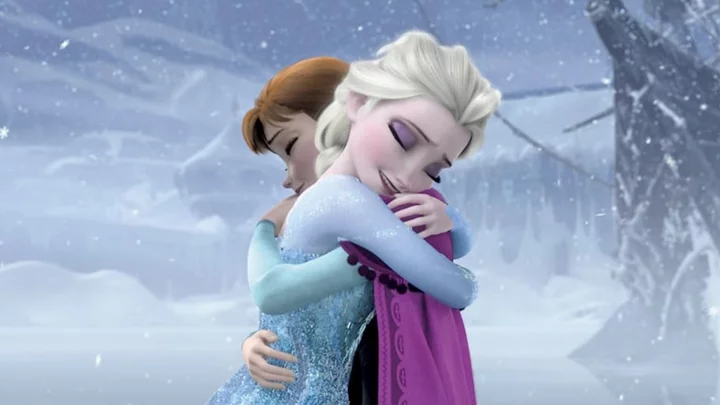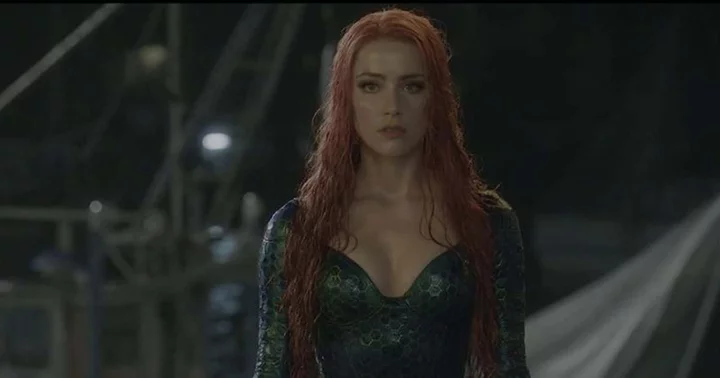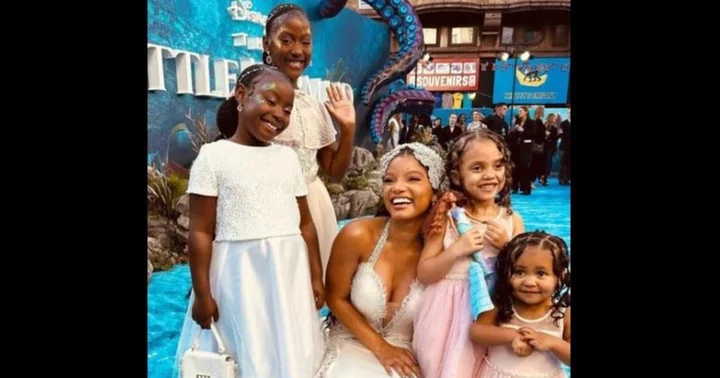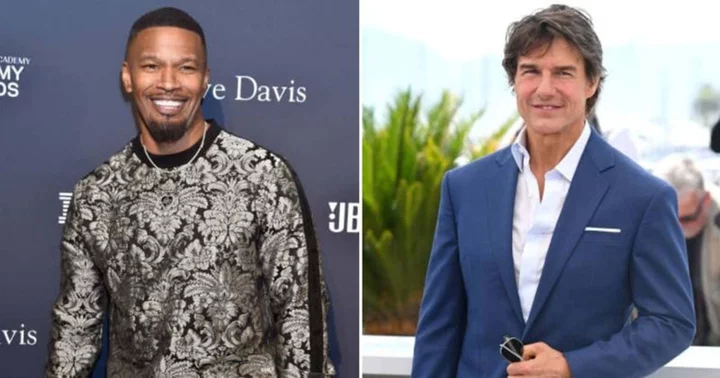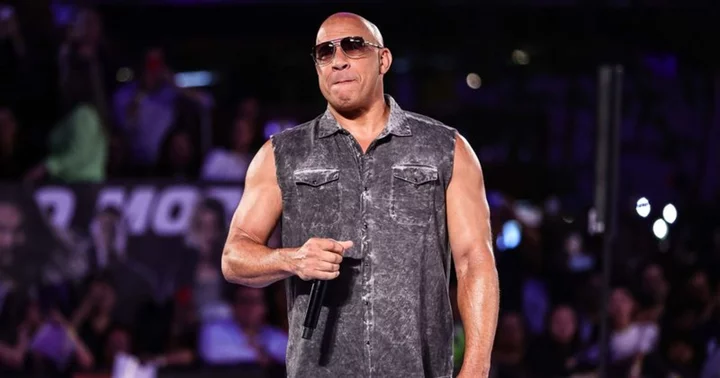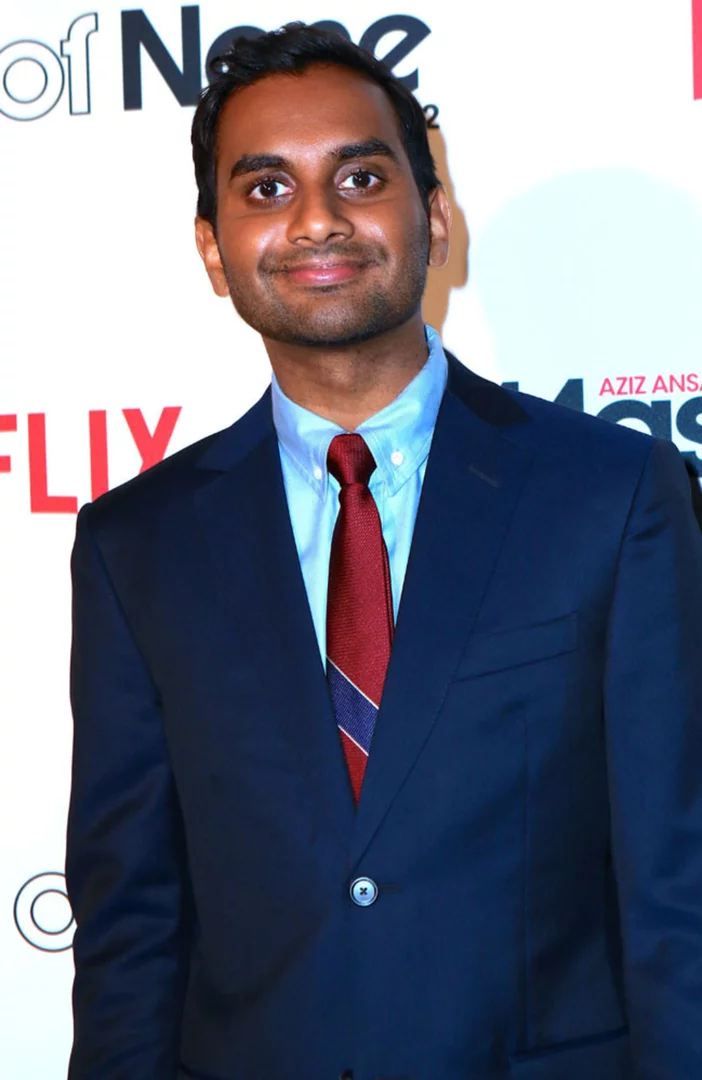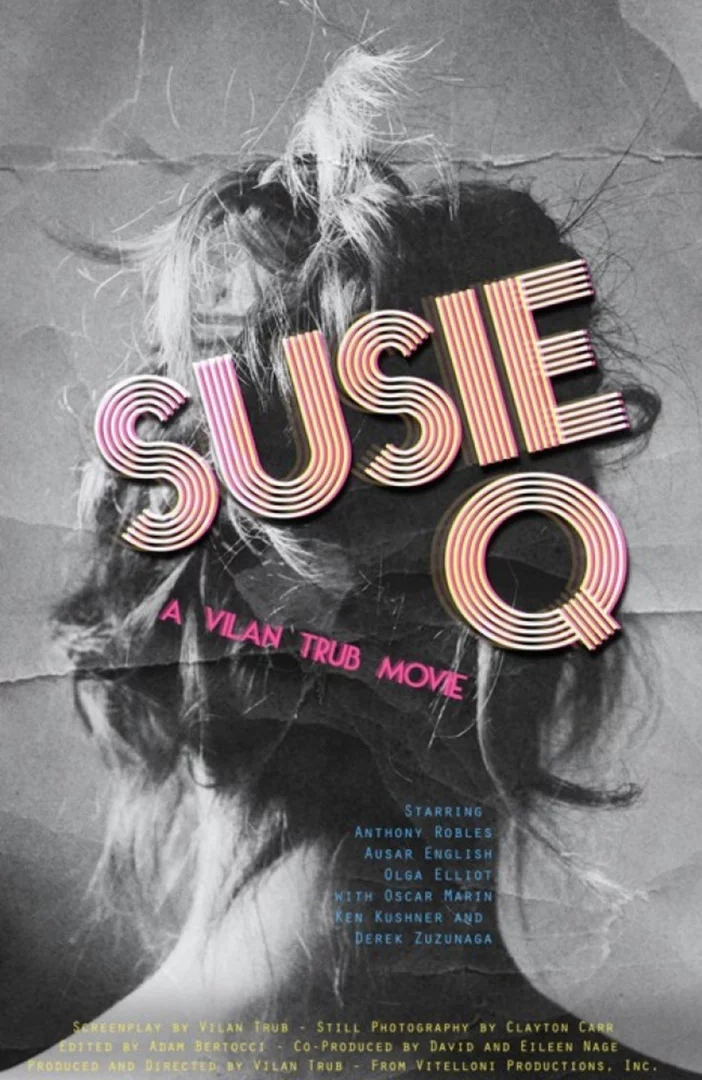By Tasia Bass
In November 2013, Disney released its 53rd animated film, Frozen, which took the world by storm and ended up being one of their most popular films to date.
It follows the story of Princess Anna (voiced by Kristen Bell) and her journey to reconnect with her sister, Queen Elsa (Idina Menzel). The two sisters must battle both their inner demons, as well as the very real threat that looms over their kingdom.
In the decade since its release, the flick has become a cultural phenomenon: It made almost $1.3 billion worldwide and is one of the highest-grossing animated films of all time (although technically, its 2019 sequel, Frozen II, earned more at the box office). Below are eight more cool facts about Frozen.
1. Production on Frozen began more than 70 years before it was released.
Frozen may have only come out in 2013, but the development of this story (which is loosely based on the Hans Christian Andersen tale, The Snow Queen) actually began around 1940.
Walt Disney himself wanted to adapt The Snow Queen and teamed up with producer Samuel Goldwyn to make it happen. They actively worked on the project until 1942, when World War II forced Disney to switch its focus toward making military propaganda films for the U.S. government instead.
This would end up being a smart idea for Disney, as it saved his company. But it meant The Snow Queen ended up shelved for several decades. In the late 1990s, following the Disney Renaissance, the company tried to do another adaptation of The Snow Queen, but it fell through circa 2002. Another adaptation attempt—this one involving future Frozen co-director Chris Buck—began in 2008 and was temporarily put on hold in 2010.
In a 2013 interview with Den of Geek, Buck and fellow co-director Jennifer Lee (who began work on the project as a screenwriter in 2012) explained that the journey to making Frozen was a difficult one, and it wasn’t until 2012 that the movie finally started to come together.
2. Elsa has about 400,000 strands of CGI-generated hair.
After 2010’s Tangled, fans likely thought there was no way Disney could get any more in-depth with creating hair for an animated character. However, those folks were wrong. While Tangled’s Rapunzel had an already impressive count (her ’do was comprised of approximately 100,000 CGI-animated strands of hair), Elsa has about four times as many animated follicles. The animators used a program called Tonic to create Elsa’s famous ice-blonde coiffure.
3. Frozen has some interesting credits and disclaimers.
A lot of work went into making Frozen, which probably explains some of the more unusual job titles you can see in the closing credits (like Carlos Benavides, who was credited in the flick simply with the title “caffeination.”)
But that’s not the only delightful thing about the credits. It also has a list of “production babies” near the end, which are all the babies who were born during the production of the film (a common practice with Disney/Pixar movies, which often take years to complete).
There’s also a humorous—albeit somewhat odd—disclaimer, which hearkens back to a scene in the film where Kristoff (voiced by Jonathan Groff) makes some interesting statements about men eating boogers, and Disney wanted to set the record straight. The disclaimer reads:
“The views and opinions expressed by Kristoff in the film that all men eat their own boogers are solely his own and do not necessarily reflect the views or opinions of The Walt Disney Company or the filmmakers. Neither The Walt Disney Company nor the filmmakers make any representation of the accuracy of any such views and opinions.”
4. Jennifer Lee is the first woman to direct a Disney animated feature film.
It has been said that animation is a boy’s club—however, Frozen’s co-director Jennifer Lee has kicked down that door. There’s something poetic about the fact that a movie that is all about female empowerment is also the first Disney animated film to be directed by a woman. (Well, co-directed.) According to The New York Times, Lee was the first woman to be named as chief creative officer of Walt Disney Animation Studios. Not only that, but she was the first female director behind a feature film that earned more than $1 billion in gross revenue at the box office. Lee and Buck reached that milestone again in 2019 with Frozen II, which hit the billion-dollar mark in just three weeks. Greta Gerwig just became the first solo female director to join the $1 Billion Club with Barbie.
5. It was translated into 41 languages.
As a company, Disney is no stranger to translating movies into different languages: The Lion King has been translated into multiple, while Frozen has been translated into an impressive 41. This includes French, Cantonese, and even Catalan (it has also been parodied and covered in languages, like Klingon).
Another thing that’s been translated a lot? “Let It Go,” the feature track performed by Menzel in the film. The celebrated song has won a Grammy, Academy Award and more. Rick Dempsey, a former executive for Disney, told NPR in 2014 that translating “Let It Go” was a difficult task that took some time to complete. Watch the video above to hear “Let It Go” performed in a variety of languages. (But don’t show it to your kids unless you want to hear it on loop for the next several hours.)
6. The ice palace scene took hours to render.
It’s no secret that a few seconds of animation can take hours to complete. But imagine spending more than 132 hours working on a castle (and doing that with 50 other people), and you’ll understand the kind of work that went into producing Frozen.
The sequence of Elsa building her ice palace was the film’s biggest technical challenge, which took over nine months to complete. “We had at least 50 effects artists and lighting artists working together to create that long shot,” Lee told Animation magazine in 2013. “It took about 30 hours to render just one frame; that’s 4000 computers rendering one frame at a time. That’s why that scene is one of my favorites. It really represents the journey all of us took on that movie.”
7. Fans have dropped a ton of money on Frozen merchandise.
In 2014, Frozen merchandise beat out Barbie and was crowned the most popular toys for girls for that holiday season, according to a study released by the National Retail Federation (and reported on by Forbes).
When stores began to sell out of Frozen-themed items, desperate parents scoured online resale sites, paying thousands of dollars for the toys their kids were begging for. Of course, that was nothing compared to the time Saks Fifth Avenue sold limited-edition Frozen II dolls for $30,000.
8. Norway’s tourism skyrocketed because of the film.
The fictional kingdom of Arendelle seen in Frozen was actually inspired by Norway. Some of the film’s animators even traveled to the country to make the movie as realistic as possible. So it’s perhaps no surprise that tourism to Norway increased after the flick’s release; Disney even partnered with Innovation Norway to help boost travel to the country.
However, it hasn’t all been pleasant. Some areas in Norway—specifically, the remote Lofoten Islands—reportedly felt overwhelmed by tourists. Locals claimed that some tourists took to sleeping in cemeteries and defecating near a popular woodland hiking trail at the Reinebringen mountain because of limited hotel and public restroom availability. Understandably, the locals were not ready to just let it go.
This article was originally published on www.mentalfloss.com as 8 Cool Facts About Disney’s ‘Frozen’.

